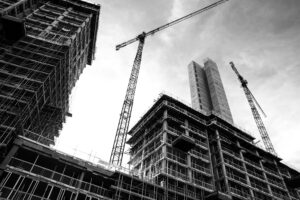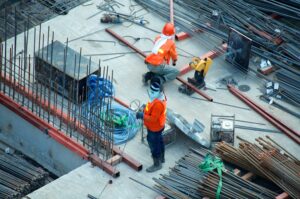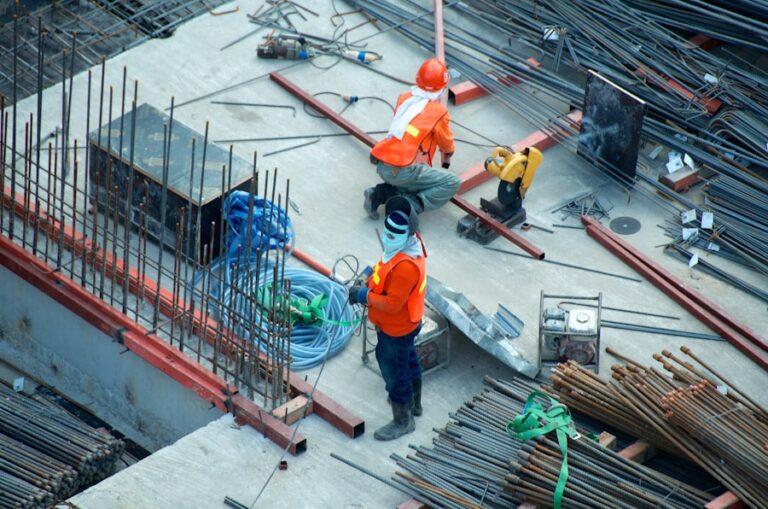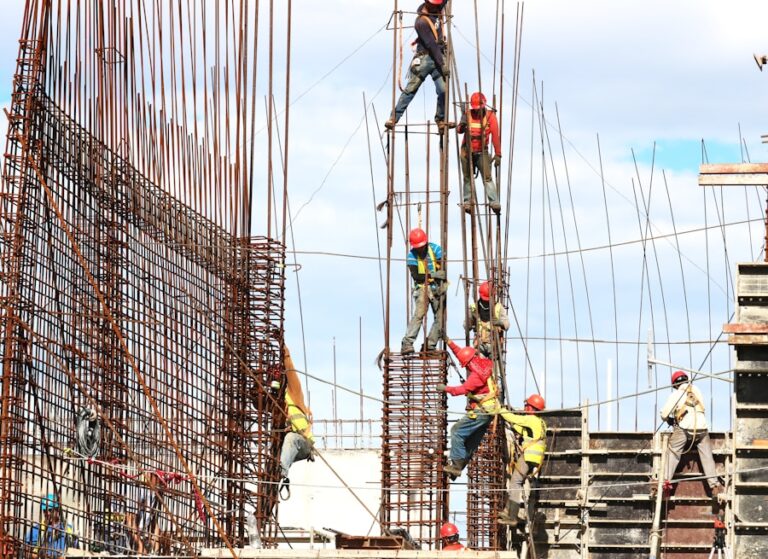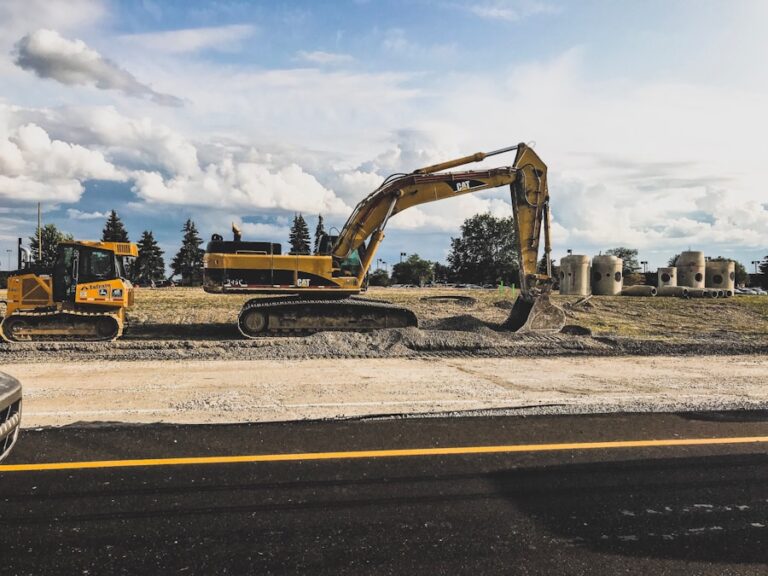When it comes to building your dream home, one of the most important decisions you’ll make is choosing the perfect location. Whether you’re looking for a quiet suburban neighborhood, a bustling urban area, or a serene rural setting, finding the right location is crucial to ensuring that your new home meets all of your needs and desires. Consider factors such as proximity to schools, shopping, and work, as well as the overall vibe and atmosphere of the area. You’ll also want to take into account the natural surroundings, such as views, landscaping, and potential for outdoor activities. Once you’ve narrowed down your options, take the time to visit each potential location in person to get a feel for the area and determine if it’s the right fit for you and your family.
In addition to considering the immediate surroundings, it’s also important to think about the long-term potential of the location. Is the area up-and-coming, with new developments and amenities on the horizon? Or is it already established and likely to remain relatively unchanged in the future? Think about how the location may evolve over time and how that could impact your quality of life and the value of your home. By carefully considering all of these factors, you can ensure that you find the perfect location for your new home.
Designing Your Ideal Floor Plan
Once you’ve found the perfect location for your new home, it’s time to start thinking about the design of your ideal floor plan. This is where you can really let your creativity shine and tailor the layout of your home to perfectly suit your lifestyle and preferences. Consider factors such as the number of bedrooms and bathrooms you’ll need, as well as any special features or amenities that are important to you, such as a home office, a spacious kitchen, or a luxurious master suite. You’ll also want to think about how you want the different areas of your home to flow together, creating a seamless and functional living space.
When designing your floor plan, it’s important to strike a balance between form and function. While you want your home to be aesthetically pleasing, it’s equally important that it meets your practical needs and provides a comfortable and efficient living environment. Consider factors such as natural light, traffic flow, and storage space, as well as any special considerations such as accessibility or aging in place. By carefully planning and designing your ideal floor plan, you can ensure that your new home is perfectly tailored to your needs and desires.
Choosing the Right Materials and Finishes
Choosing the right materials and finishes for your new home is an important step in the building process. The materials you choose will not only impact the overall look and feel of your home, but also its durability, maintenance requirements, and energy efficiency. When selecting materials for your new home, consider factors such as cost, aesthetics, and performance. For example, if you’re looking for a low-maintenance option, you might opt for durable and easy-to-clean materials such as laminate flooring or quartz countertops. On the other hand, if you’re going for a more luxurious look and feel, you might choose high-end materials such as hardwood flooring or marble countertops.
In addition to considering the practical aspects of materials and finishes, it’s also important to think about how they will contribute to the overall design and style of your home. Consider factors such as color, texture, and pattern, as well as how different materials will work together to create a cohesive and harmonious look. You’ll also want to think about how the materials you choose will complement other design elements such as furniture, decor, and lighting. By carefully selecting the right materials and finishes for your new home, you can ensure that it not only looks beautiful, but also functions well and stands the test of time.
Hiring a Reliable Contractor
When it comes to building your dream home, one of the most important decisions you’ll make is choosing a reliable contractor to bring your vision to life. A good contractor will not only have the technical skills and experience to build your home to the highest standards, but also the communication and project management skills to ensure that the process runs smoothly and efficiently. When looking for a contractor, be sure to do your research and ask for recommendations from friends, family, and other homeowners in your area. Look for a contractor who has a solid track record of completing projects on time and within budget, as well as a reputation for delivering high-quality workmanship.
In addition to considering a contractor’s technical skills and experience, it’s also important to find someone who understands your vision and is able to bring it to life. Look for a contractor who is willing to listen to your ideas and provide input based on their expertise, rather than simply imposing their own preferences on you. You’ll also want to find someone who is transparent and honest in their communication, providing clear and accurate information about costs, timelines, and potential challenges. By taking the time to find a reliable contractor who shares your vision and values, you can ensure that the building process is a positive and rewarding experience.
Navigating the Building Permit Process
Before you can start building your dream home, you’ll need to navigate the building permit process. Building permits are required by local governments to ensure that construction projects meet safety standards and zoning regulations. The process of obtaining a building permit can be complex and time-consuming, so it’s important to start early and be prepared for potential challenges. Begin by researching the specific requirements for building permits in your area, including any zoning restrictions or special considerations that may apply to your project. You’ll also need to prepare detailed plans and specifications for your new home, including architectural drawings, structural calculations, and energy efficiency reports.
Once you have all of the necessary documentation in place, you can submit your permit application to the appropriate local government office. Be prepared for a thorough review process, which may include multiple rounds of revisions and requests for additional information. It’s important to be patient and responsive throughout this process, as delays in obtaining building permits can significantly impact the timeline and cost of your project. By carefully navigating the building permit process and ensuring that all requirements are met, you can avoid potential setbacks and ensure that your new home is built in compliance with all relevant regulations.
Creating the Perfect Outdoor Space
When building your dream home, don’t forget to consider the outdoor space as well. Whether you have a small backyard or acres of land, creating an outdoor space that complements your new home is essential for enjoying the full potential of your property. Start by thinking about how you want to use your outdoor space – do you want a lush garden for relaxing or entertaining? A pool or hot tub for recreation? A patio or deck for outdoor dining? Once you have a vision for how you want to use your outdoor space, consider factors such as landscaping, hardscaping, lighting, and furniture that will help bring that vision to life.
In addition to considering how you want to use your outdoor space, it’s also important to think about how it will complement the overall design and style of your home. Consider factors such as color schemes, materials, and architectural details that will help create a seamless transition between indoor and outdoor living spaces. You’ll also want to think about how different elements such as plants, water features, and outdoor structures will work together to create a cohesive and harmonious look. By carefully planning and designing your outdoor space, you can ensure that it not only looks beautiful but also functions well and enhances the overall enjoyment of your new home.
Adding the Final Touches: Furniture and Decor
Once your new home is built, it’s time to add the final touches with furniture and decor that reflect your personal style and make the space feel truly yours. Start by thinking about how you want each room in your home to function – do you need a formal dining room for entertaining? A cozy reading nook for relaxation? A spacious living room for family gatherings? Once you have a vision for how you want each room to function, consider factors such as furniture layout, color schemes, and decorative accents that will help bring that vision to life.
In addition to considering how you want each room in your home to function, it’s also important to think about how different elements such as furniture, lighting, and decor will work together to create a cohesive and harmonious look throughout your home. Consider factors such as scale, proportion, and balance when selecting furniture pieces and arranging them within each room. You’ll also want to think about how different decorative accents such as artwork, textiles, and accessories will contribute to the overall ambiance of each space. By carefully selecting furniture and decor that reflects your personal style and enhances the functionality of each room in your home, you can ensure that it feels truly welcoming and comfortable for years to come.
In conclusion, building your dream home is an exciting but complex process that requires careful planning and attention to detail at every step along the way. By finding the perfect location, designing an ideal floor plan, choosing the right materials and finishes, hiring a reliable contractor, navigating the building permit process, creating the perfect outdoor space, and adding the final touches with furniture and decor that reflect your personal style – you can ensure that your new home meets all of your needs and desires while providing a comfortable living environment for years to come. With careful consideration of each of these steps in the building process – you can create a home that truly feels like a dream come true.


